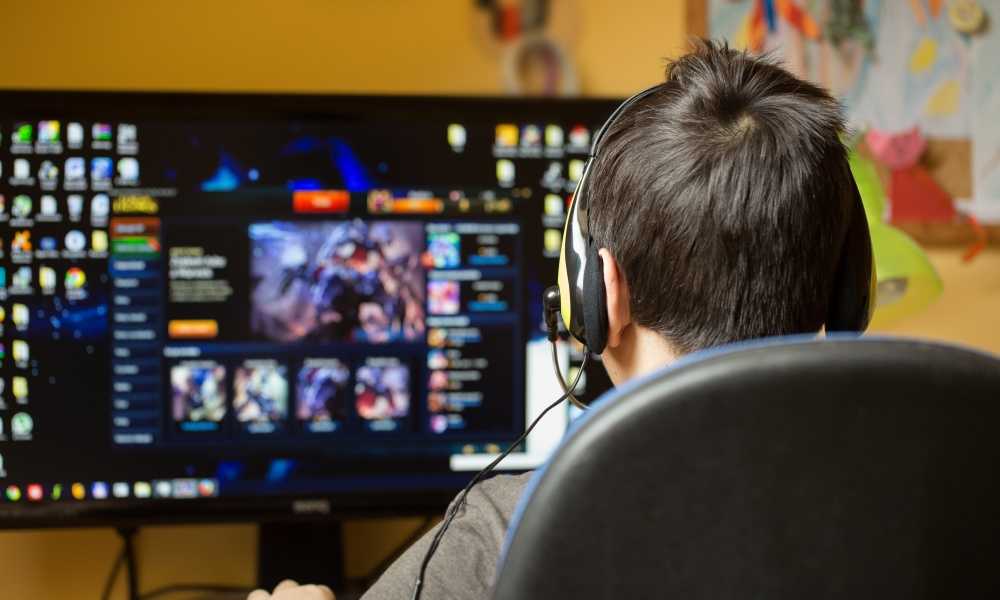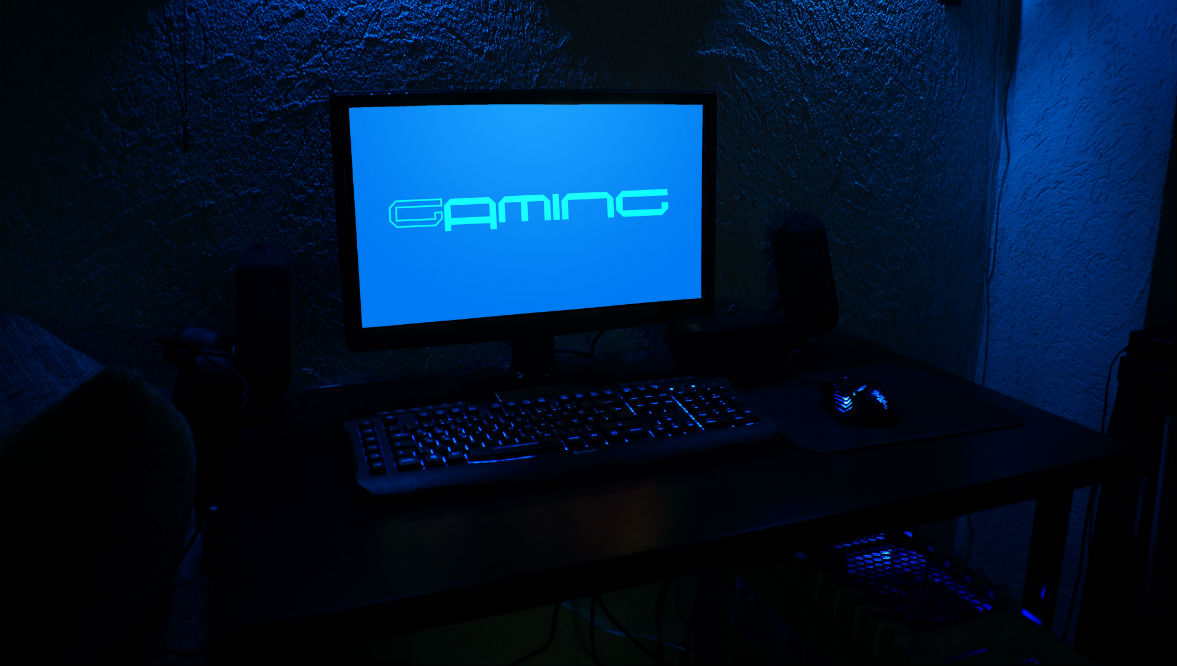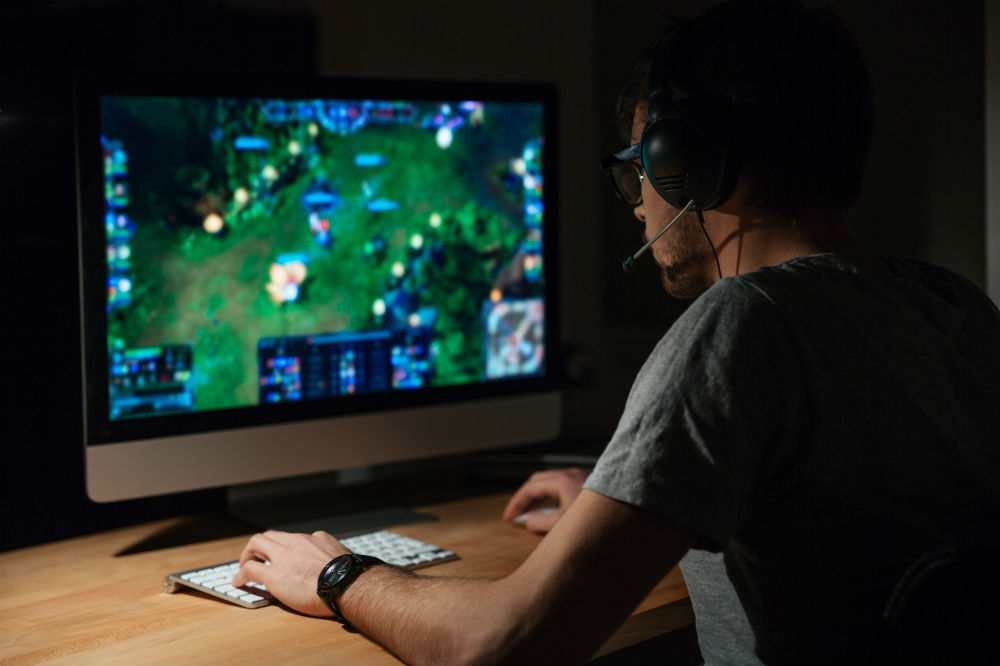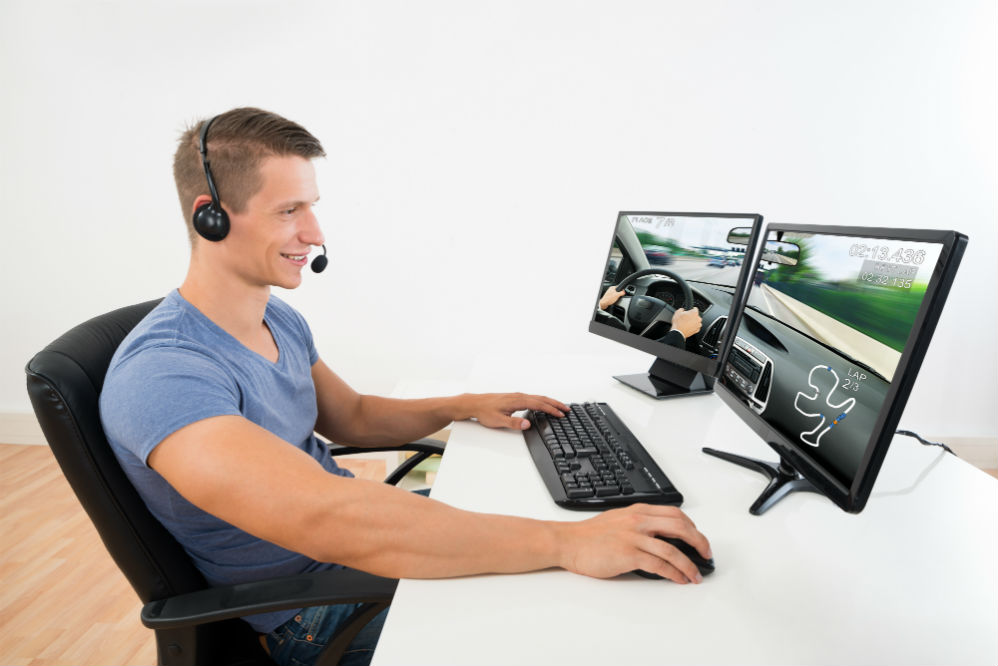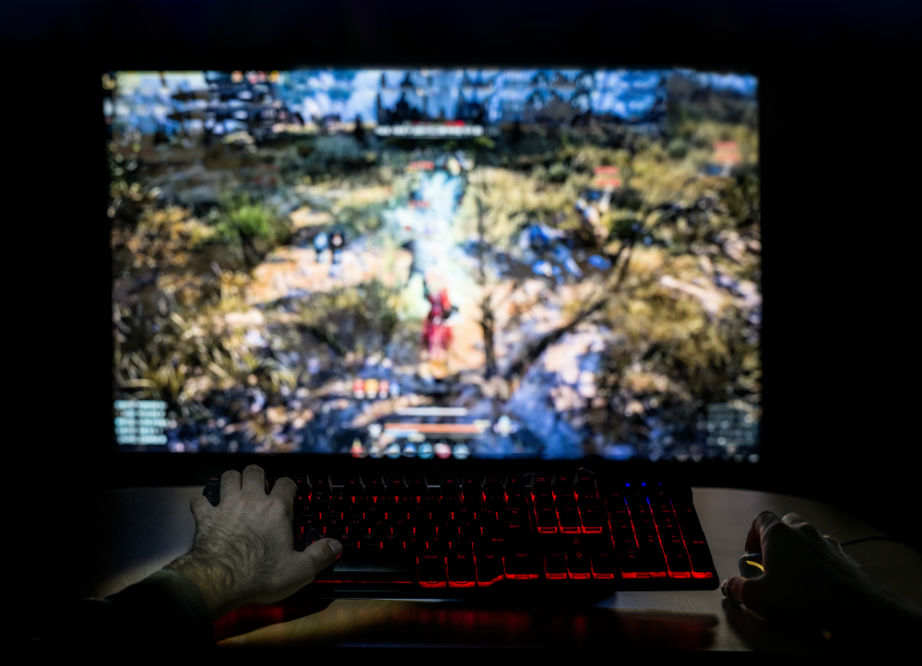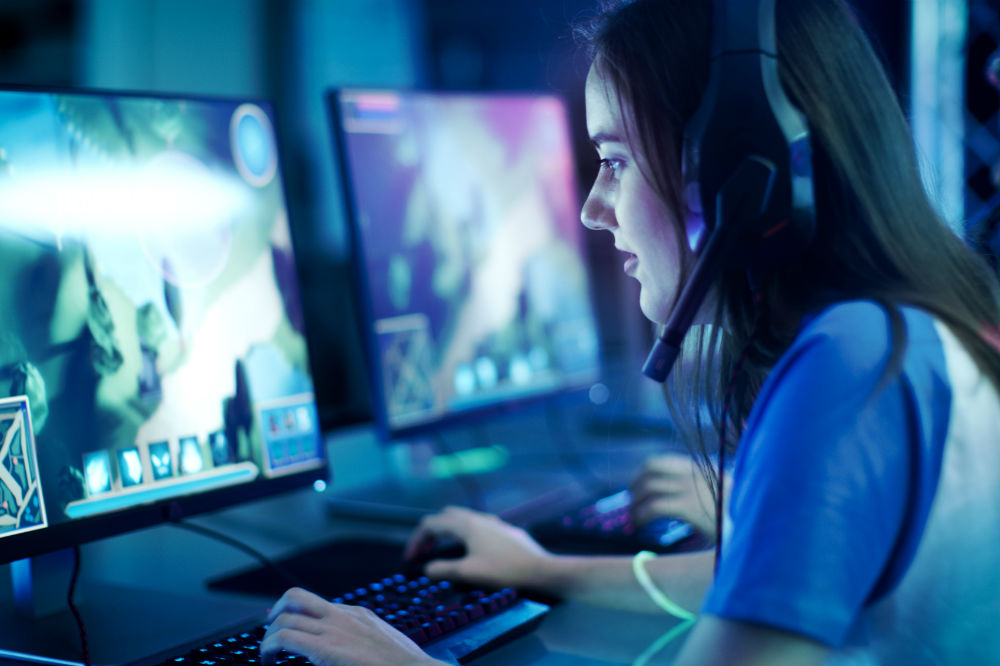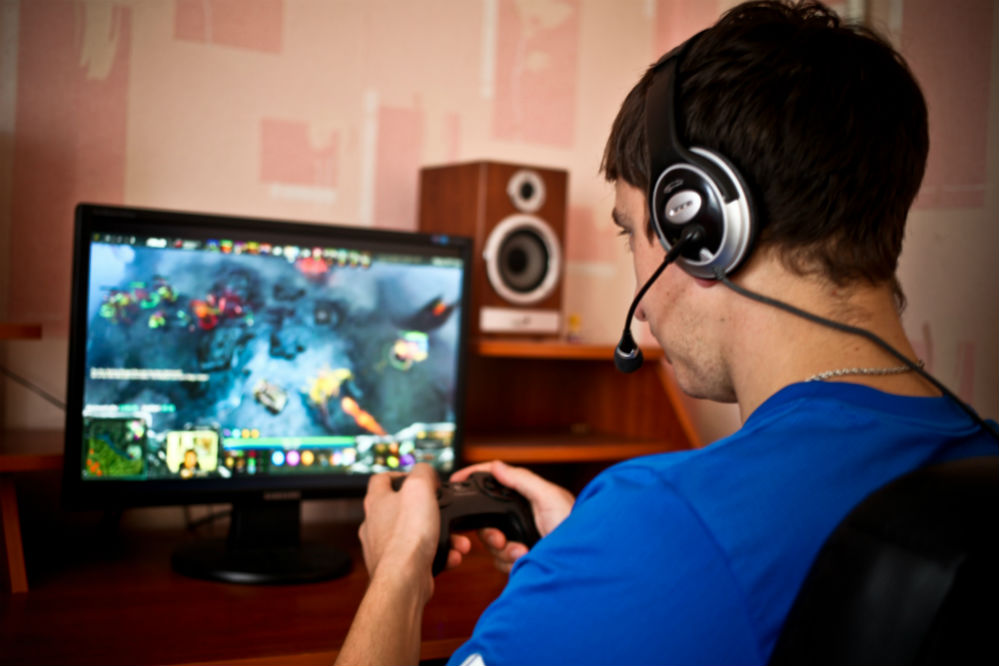Once you’ve had an idea of how you want your gaming area to be set up, the next part is to learn how to calibrate monitor for gaming to make sure that it’s ready to play.
Calibrating your monitor is essential not only for graphics but to also give you the most seamless gaming experience possible.
Below are the steps for calibrating your display, as well as some tips and tricks when it comes to setting your displays up for everyday gaming.
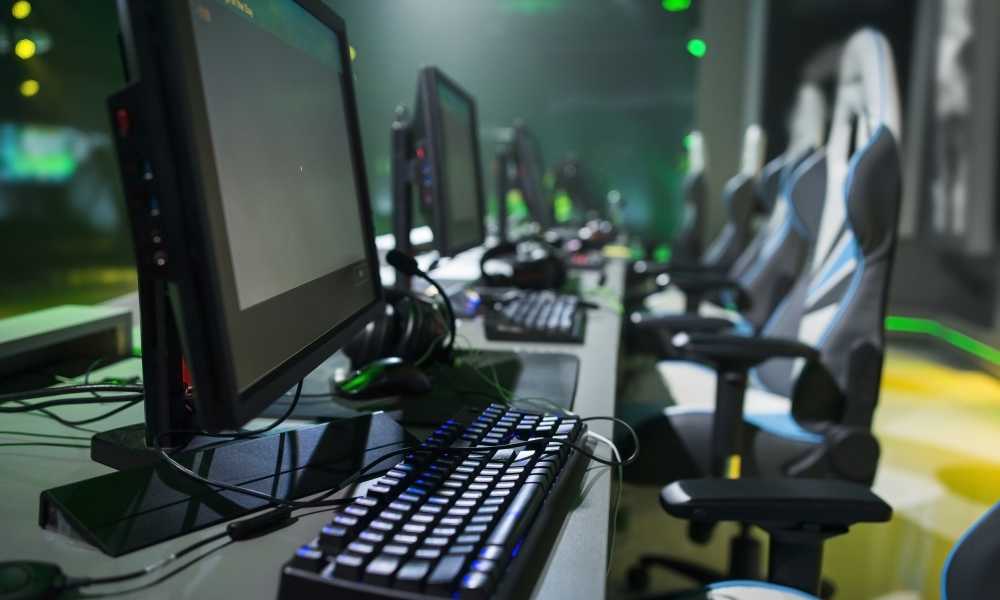
Why is Calibration Important?
If you’ve never used a monitor as your display before, you most likely have never experienced the true beauty of using a calibrated display. You might have assumed that it was ready to use right out of the box, when in reality, the color, brightness, and motion blur may be way off of their marks, seriously affecting not only the visuals of a game but how you play it as well.
After learning how to calibrate monitor for gaming, you’ll finally have the opportunity to see games exactly as developers intend you to. However, there isn’t an exact science when it comes to calibration as everyone sees colors differently. You’ll need to be very subjective when it comes to setting your display up perfectly, as you may have completely different settings than someone else.
Step 1: Do a Backup
Remember, calibrating your display is something that is going to take a lot of trial and error. You might find that the contrast may be too high or the brightness may be too low which can cause you do fool around with a ton of settings, only to not remember what the original settings were. This is why it’s important to backup your old settings, or if you’re using a new monitor, make sure it has a “Restore to Factory” function.
Step 2: Prepare Your Display
The next step is to take the time to put your display at the ideal resolution that you’d be gaming at. For example, if you have a 1920×1080 monitor, ensure that it’s on its native resolution (1920×1080) and give the display approximately 30 minutes to warm up. This helps to make sure that your display is working at its top efficiency, giving you the clearest idea of what your new settings should be.
Another important part of learning how to calibrate monitor for gaming is to make sure that any artificial or natural light is limited so that you can have a pleasurable time gaming during the day and during the night, especially if the lights are off. This is also a step to pay attention to because it can help you to reduce glare and eye strain if you spend hours gaming at a time.

Step 3: Determine the Viewing Position
This is something that more pertains to how you sit at your desk or how your monitor sits on your desk, as your viewing position can easily destroy the quality of your monitor, especially if you’re sitting off-center. Ideally, you’re going to want to make sure that everything is set up to where you’re inline with the display, allowing you to see the entirety of the screen without having to tilt or move your head.
Step 4: Opting for Built-In Calibration Tools
There are plenty of third-party programs that you can rely on to calibrate your monitor; however, both Windows and Mac have built-in calibration tools that you can use to your advantage. They’re entirely free, easy to use, and are located directly on your operating system.
Windows Calibration
Select “Settings”
Select “System”
Select “Display”
Select “Advanced Display Settings”
Visit “Color Calibration”
Follow the calibration wizard to program the color balance, brightness, gamma, and contrast settings
Once calibration is complete, visit the “Color Management” page and select the .ics file for your display settings
Mac Calibration
Select “Systems Preferences”
Select “Displays”
Select “Display Calibrator Assistant”
Follow the calibration wizard to adjust native gamma, contrast, target gamma, brightness, and your target white point
Step 5: Searching for Online Calibration Tools
As mentioned there are many third party software programs that give you the ability to calibrate your monitor, and depending on your personal preference, you may prefer the power that you receive from these tools rather than the ones that are built into your computer.
Each one of these programs will differ. However, it’s likely they will all have an on-screen wizard that will guide you through the calibration process in order to make sure you have fine-tuned all of the settings for your optimal enjoyment. One of the bigger advantages of online calibration tools over built-in ones is they have more settings for you to go through. However, if you’re relatively new to gaming, it might not be the best option.
Step 6: Test the Displays
Finally, you’re going to need to test your displays to make sure they’re working to the best of their abilities. If you find that some of the settings are uncomfortable to play with, make sure you write them down and then try to adjust them further in order to achieve the perfect result. If all else fails, you can always revert your settings back to factory or your original settings, but it’s likely you’ll be unearthing a whole new world of gaming that you never knew existed.
Calibration is Subjective and Personal
At the end of the day, there are likely plenty of different ways that you can calibrate your monitor, but you’re going to want to choose the easiest and most user-friendly way to make the process simpler. The more accurate your calibration is, the more comfortable gaming will be for extended periods of time, and it can also help to reduce eye strain and fatigue. With that being said, this guide is your perfect tool to use for calibrating your monitor for gaming or even work.

